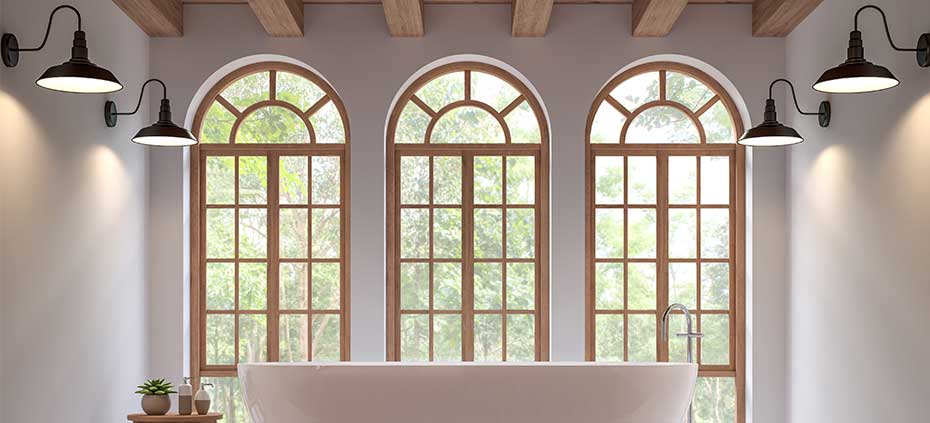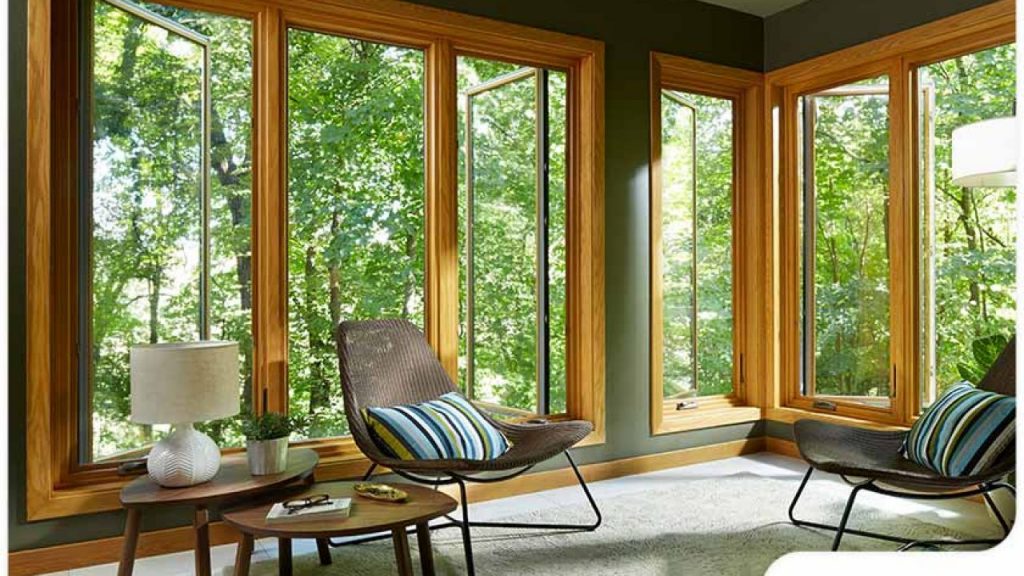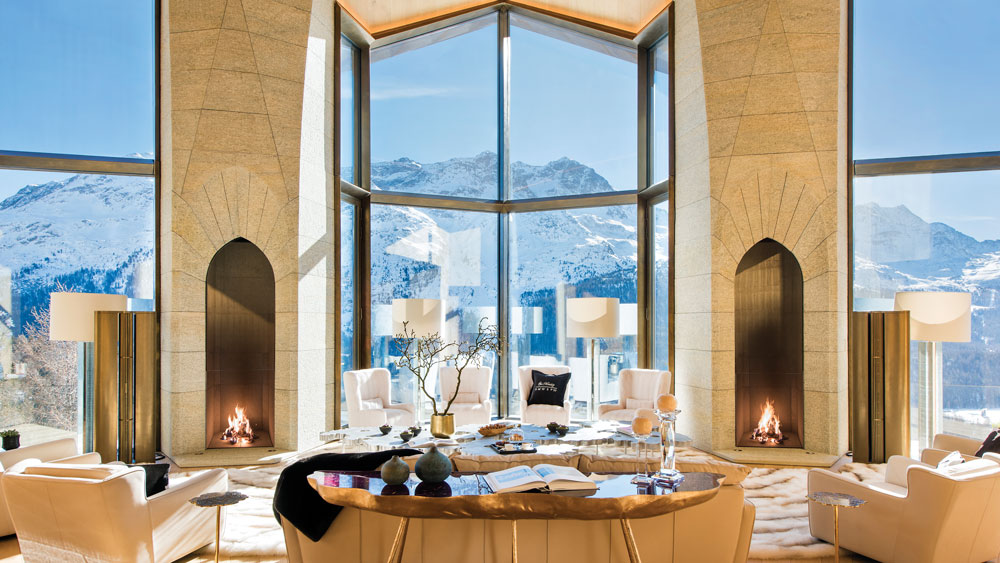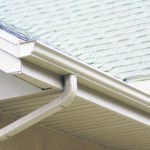Best Windows for Luxury Homes
For the people to understand you, let them view the world from the window! Just in case you’re buying or building a luxury home, you need to have windows which are in sync along with the rest of the house and let your visitors to see the world from them.
To get this done, choose stylish, high-end window materials with energy-efficient features. Meaning the best in aesthetics, function, and sturdiness.
Window Types
Purchasing luxury windows must be determined by the structure of your home and personal preferences. Those windows particularly provide ventilation and light via a luxurious look. Their costs differ according to the kind of material you select.
1. Specialty Windows

Specialty windows are the ones you’ve custom-made just like any shape you want. The complexity of the style you select also varies the cost.
2. Sliding Windows
Sliding windows are horizontal windows having sashes which allow them to glide back and forth. This opens by dragging these sashes from one side to other side.
These function really well on walls which have more horizontal space rather than vertical. They’ve got a modern look.
3. Picture Windows

They’re huge windows with just one glass pane that isn’t split by any lines. Similar to a picture, they can’t be opened up yet provide a clear view of the scenery outdoors. It’s an excellent option to show off the landscape outside the house in places that don’t need you to open windows, like hallways and passages.
4. Glass Block Windows
Glass block windows are a magnificent, functional tool that’s great for security and visual appeal. They are crystal clear, thicker blocks of glass which permit light however don’t allow you to see through them.
They’re generally employed in shower doors, wet bars, garage windows, partition walls, large exterior windows, and also basements.
5. Skylight Windows

Also called roof windows because of their area into your roofline, they’re a luxurious option that allow the sunlight from above.
They’re well suited for open-concept floor plans that need extra lighting in the center of their huge spaces. They’re also a great option for areas that don’t possess the wall space for windows, such as attics.
6. Garden Windows
They’re also called greenhouse windows. You may even think about them as little bay windows.
They’re a fenestration designed for outdoor projection. It’s because they can offer a display space, usually for potted plants and herbs like their name suggests.
They usually have a fixed window front and two operable sides that could provide ventilation. They’re generally placed on top of kitchen sinks.
7. Casement Windows

Casement windows could open up sideways employing a hand crank. They are a great option to slider windows and also double-hung windows. Sliders are often gritty and become hard to close and open. Double-hung windows, on the other hand, force you to conquer gravity.
Casement windows offer you the option of ventilation using an simple to use crank without any issue of infiltration.
8. Bow Windows
Bow windows include a curved structure, which makes it look rounded from the outdoors. Their semi-circular external structure offers a Victorian beauty. Due to their shape, they could be wrapped across the corners of structures to get a unique form and better views from the inside.
9. Bay Windows

In contrast to bow windows, bay windows present more angular lines and smooth planes. They’ve got three windows, usually having a picture window and more compact windows on either sides. They present far into the outdoors space of your home, creating more floor space or the space for seats.
10. Egress Windows
Egress implies “a path out” or “to emerge.” Having this definition in your mind, egress windows are big enough for entry or exit in the event of an emergency.
Their size is based on local business codes. Within the 2006 International Residential Code (IRC), they’re usually mandatory whenever you’re completing a basement bedroom, together with steps for easy escape.






